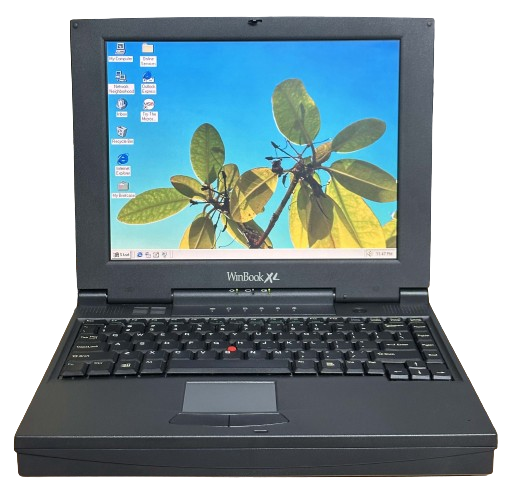
WinBook XL
The WinBook XL was a Socket 7 laptop (Pentium MMX/AMD K6-2), initially released in late 1997. It was WinBook's first 3-Spindle notebook, and the first WinBook with AMD processor support. The XL was one of the best-selling WinBooks, and one of the most common today.
The XL ranged from the low to high end depending on configuration options, but WinBook really pushed the low-end models in advertising based on price. Most out there today are base-model units with passive matrix LCDs, but if you can find one that was a little nicer speced, you have yourself a decent machine (aside from one very notable issue - hinge failure - see the issues section for more info on that).
The WinBook XL was manufactured by Twinhead, and was supposedly based on the Slimnote 9TG (aka the P85) according to one source. I actually think it's based on the Slimnote 9TE (aka the P79TE) though. The P79TE has the same video and audio controllers, and a nearly identical design. I don't have a specsheet for the P85 though. It's possible that different XL revisions were based on different Twinhead machines.
Some XL owners back in the early 2000s attempted to create a modified BIOS that would allow the use of AMD K6-2+/K6-3+ CPUs. Unfortunately, these efforts were not successful and such a mod was deemed impossible due to hardware limitations.
Thermal LCD
One specification sheet from WinBook mentions a "12.1 inch Thermal LCD" as an option. I have no idea what this means and no one else seems to either. It also isn't mentioned on other WinBook documentation. Hmm.
Specifications
| Spec | Details |
|---|---|
| CPU Options | Socket 7 - Intel Pentium MMX "Tillamook" @233, 266, or 300MHz - Intel Pentium MMX @166, 200, or 233MHz - AMD K6-2 @233, 266, 300, or 400MHz |
| Chipset | Intel Mobile Triton II, 430TX |
| RAM | 2x 144pin slots supporting EDO or SDRAM - 128MB Maximum |
| Hard Disk | IDE 2.5" - 2, 3, or 4GB Standard - Does not use a proprietary adapter |
| Display Options | - 12.1 Passive Matrix LCD @800x600 - 12.1" Active Matrix LCD @800x600 - 13.3" Active Matrix LCD @1024x768 |
| Graphics Chipset | Chips & Technologies 65554 - 2MB EDO VRAM |
| Audio | Yamaha OPL3-SAx - Stereo Speakers |
| Main Battery | NiMH or Lithium Ion (9 cell) |
| CMOS Battery | Appears to use a supercapacitor rather than a battery |
| Power Supply | Barrel Jack |
| Disk Drives | 3 Spindle - CD-ROM Drive - 3.5" 1.44MB Floppy Drive |
| PC Cards | 2x PCMCIA/CardBus Slots - Bottom slot supports ZoomVideo - Texas Instruments 1131 Controller |
| Networking | Internal Modem |
| I/O (Other) | - 1x Parallel - 1x Serial - 1x VGA Out - 2x USB 1.x - 1x PS/2 - 1x Composite Out - 1x Dock Connector - 1x Line In - 1x Mic In - 1x Line Out - Infrared |
| BIOS | AMI |
| Pointing Device | - Trackpad - Optional TrackPoint |
Resources
Own a copy of the WinBook XL Restore CD-ROM? Upload it to archive.org and send me an email letting me know!
 Drivers |
 User Manual |
Archived Support Pages |
|---|
Common Faults & Maintenance
These appear to be VERY electrically reliable. Most problems these suffer are structural-related.
Hinge issues and other plastic failures
Most XLs that show up for sale will likely have utterly destroyed plastics around the display hinges. The plastic is most to blame, being brittle like nearly every other 90s laptop. The hinge mount design doesn't help this as well, as it relies on three little plastic screw posts on each side of the screen housing to mount the hinges. There is also a LOT of empty space inside, and the thin screw posts are also quite tall, which I believe leads to a lot of additional flexing. In my own XL (which is actually intact - you can still find them this way), I've blanketed the area around these mounts with JB Weld Plastic Epoxy to attempt to hold things together longer. This helped for a while, but eventually the right side standoffs managed to fail anyway, and the housing stress cracks still slowly got worse. These should be a great candidate for 3D printing though, if you're able to create a design that replaces the original hinge mounts and adds a structural brace inside the case.
I'd also strongly recommend re-lubricating the hinges themselves while you're in there. Mine weren't too bad, but I do get the feeling based on how bad the damage I've seen on some of these is that they're prone to going stiff.
CMOS Battery?
I opened my XL up on day one to check for any signs of a Varta NiMH battery inside, as was so common on 90s-era laptops. I thankfully didn't find one. Granted, I didn't take it 100% of the way apart, but I took it far enough apart that the only other place it could have been was below the motherboard, where it didn't even look like there was enough space for one. Plus, if there was one there, I think I'd be seeing a lot more dead units.
What I also didn't find however, was ANY CMOS battery. What I was able to locate was a small button-sized supercapacitor below the CPU. I believe this cap is being used as a low-capacity CMOS battery of sorts in this model. It wasn't too uncommon to do this, Apple's iBooks and the original X-Box did this. Of course, if you know the original X-Box, you'll know that the supercap in those is extremely prone to leaking. The WinBook XL's isn't that same type, it looks exactly the same as those found in the iBooks. However, I've seen a few instances of those leaking too, so it still may be a good idea to remove or replace this supercap. Mine looked fine last I checked, but I'm going to be closely monitoring it. I'm not sure if these laptops can operate without a working one installed.
Mine still works fine - my XL holds CMOS settings for a couple weeks with power removed.
Gallery
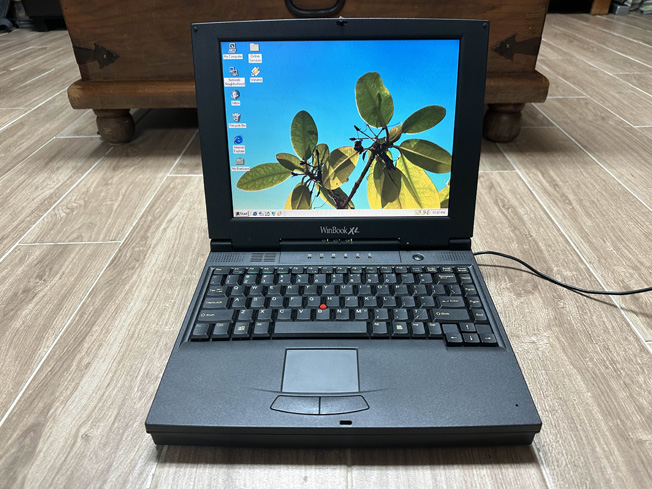
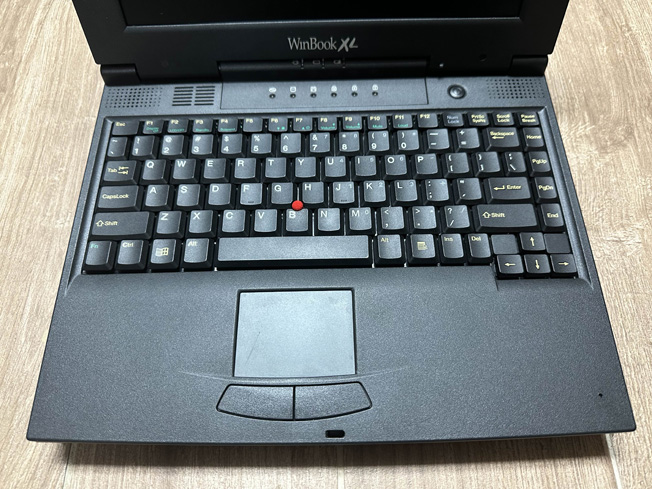
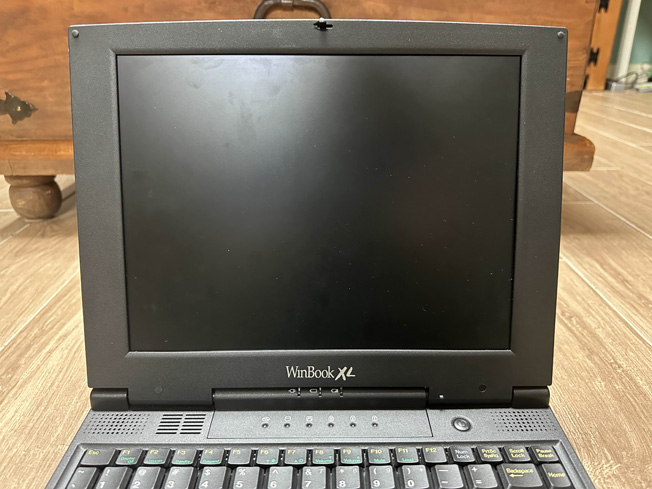
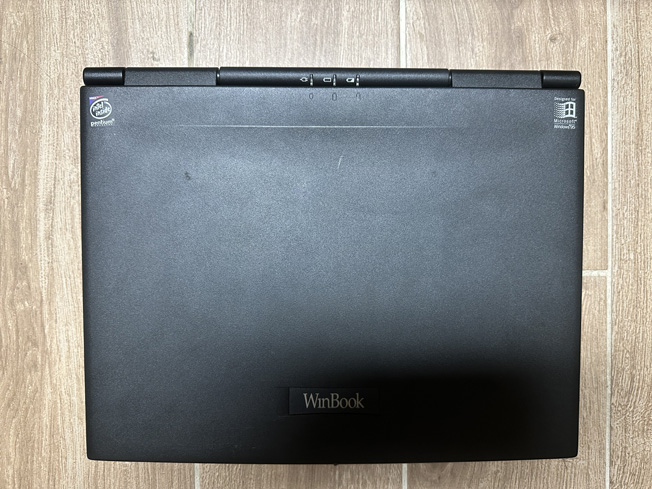

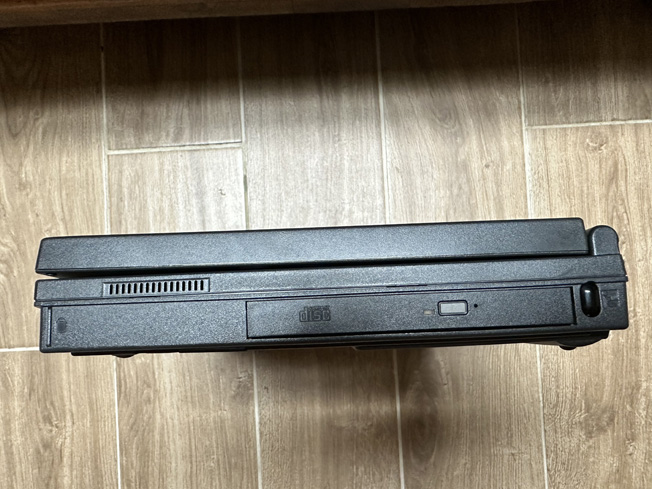
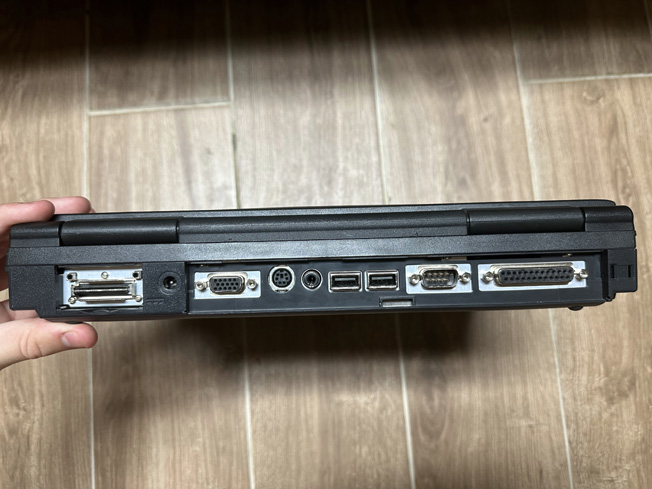
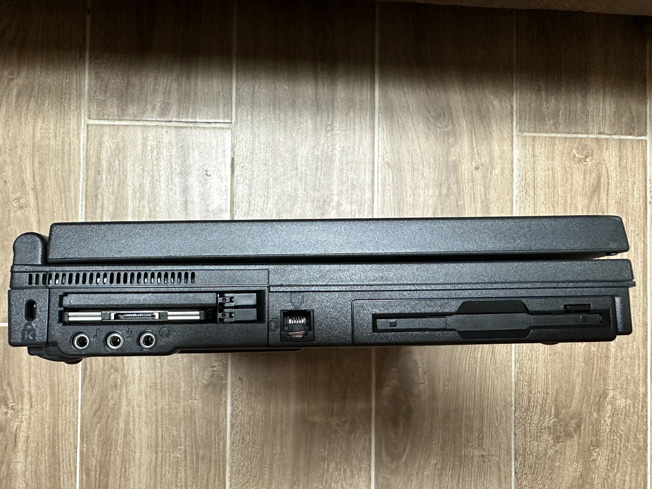
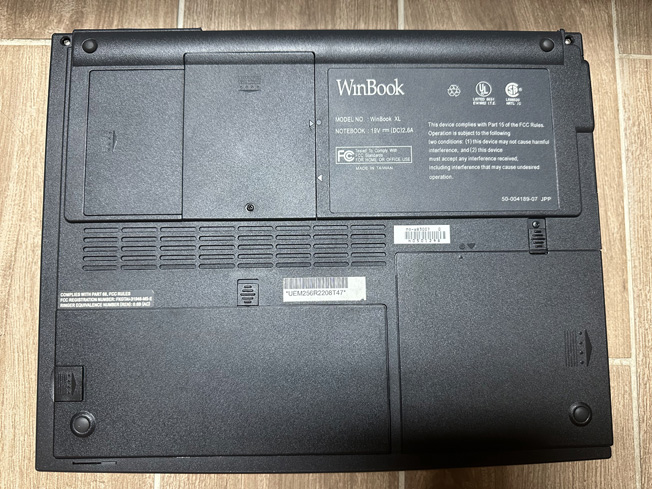

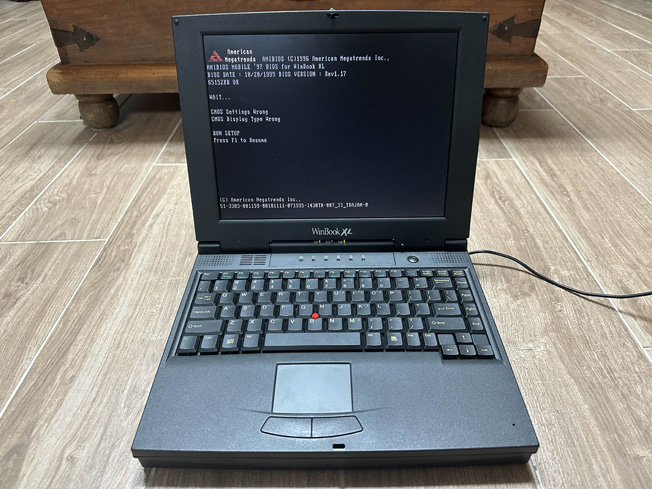
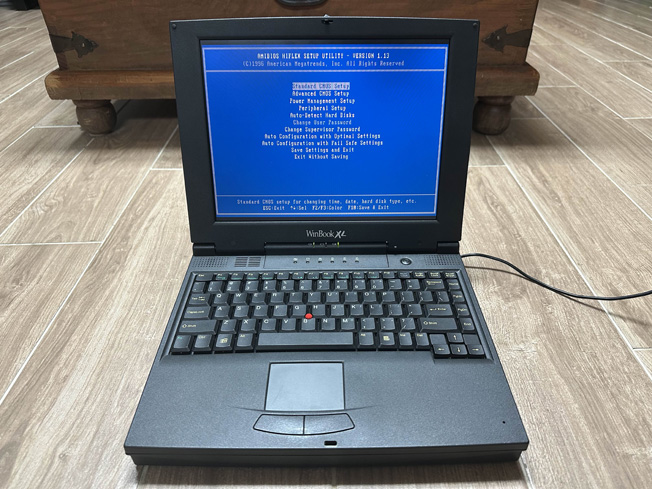
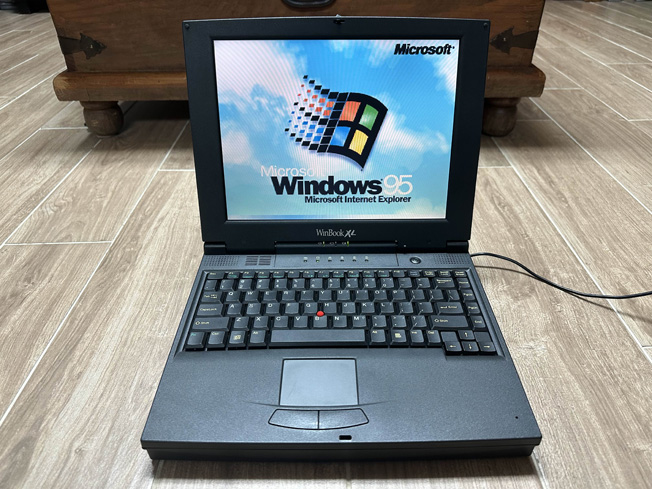

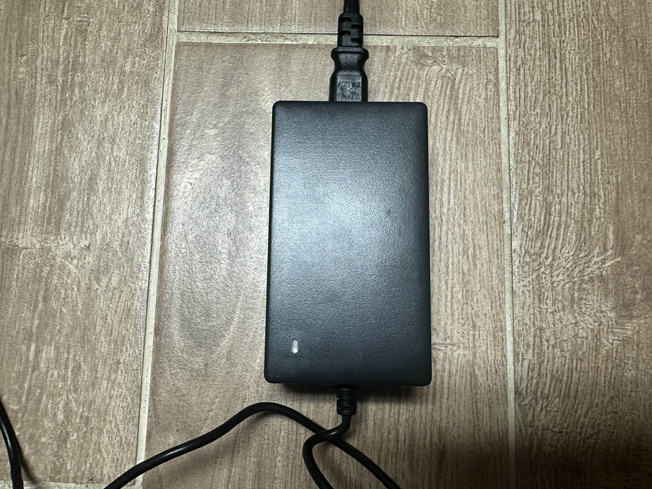
I believe that the Pentium II config was an XLi.


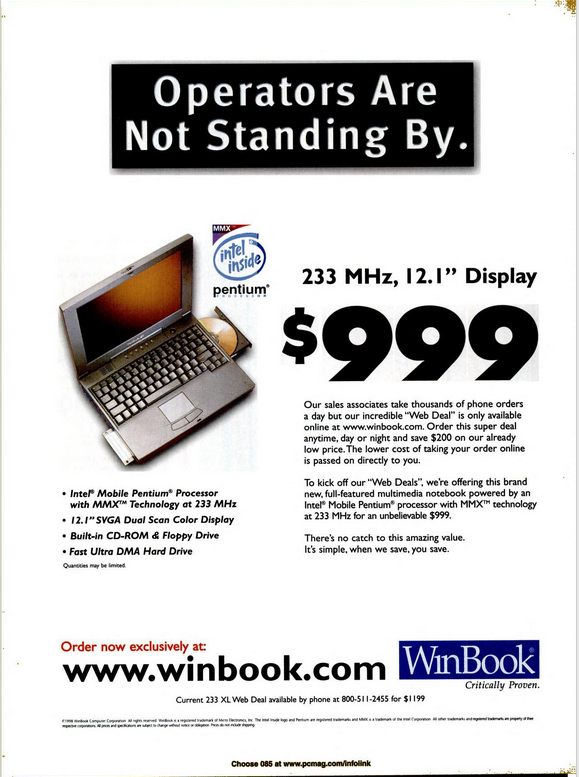
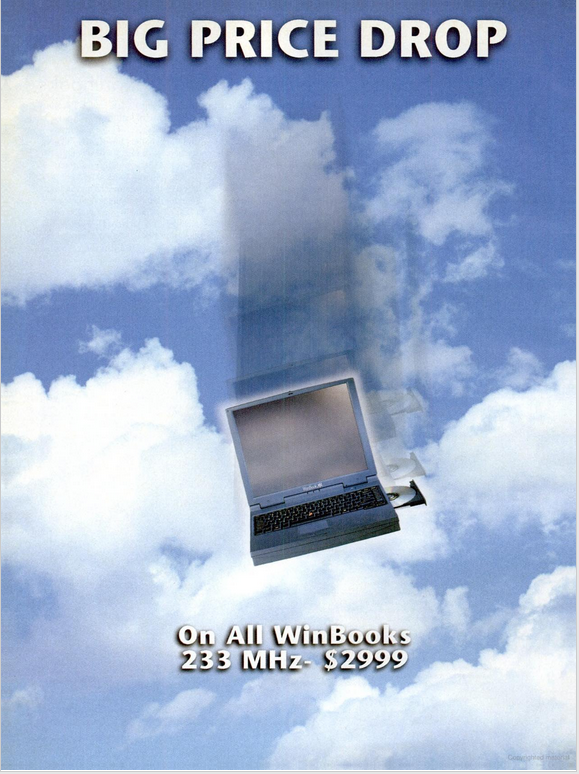
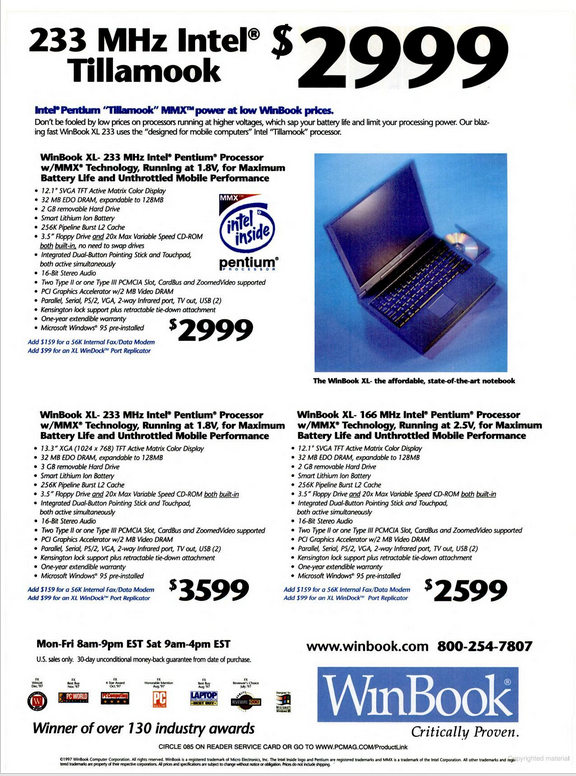
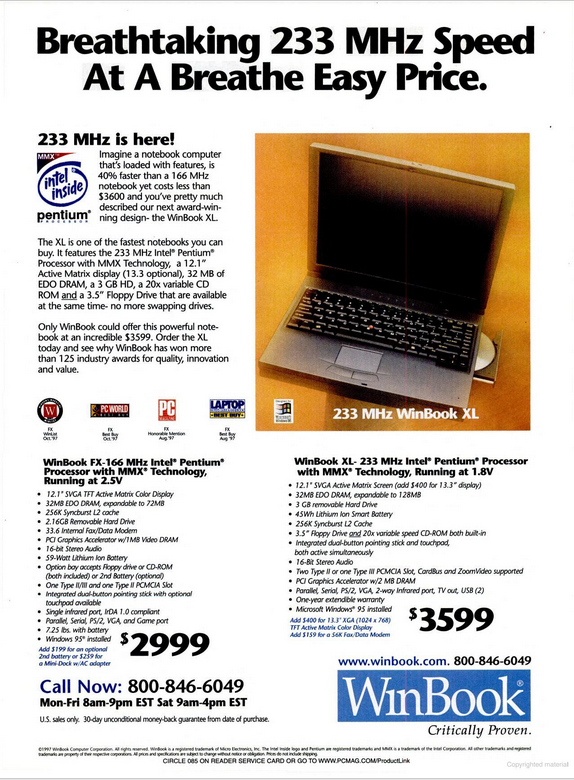
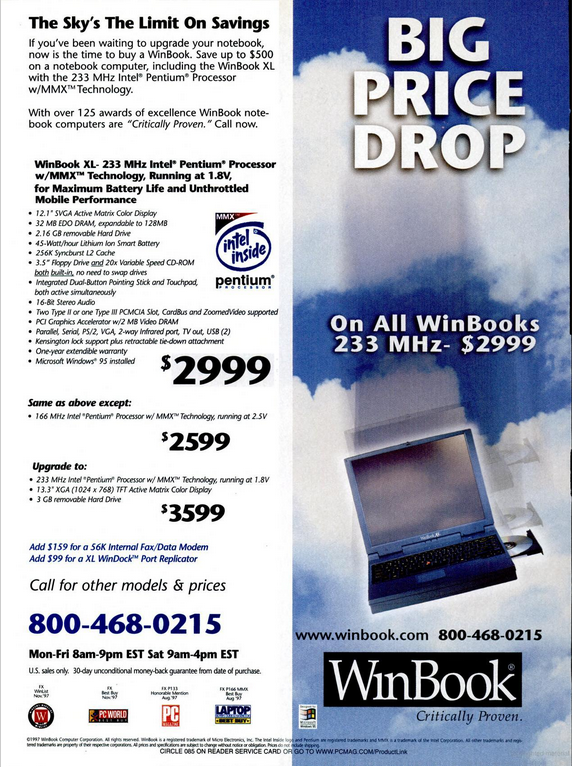
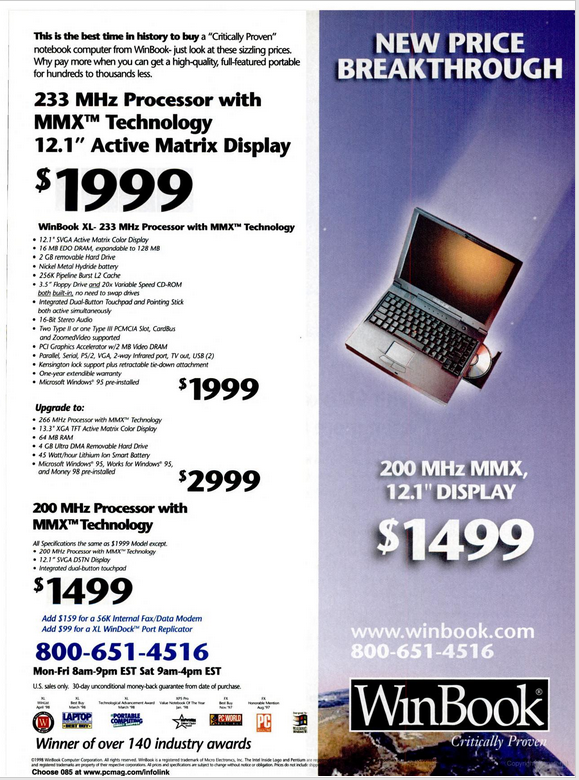
Page last updated (MM/DD/YYYY): 10/05/2024
Update Reason: more images added
Back-Navigation
Home < Laptop Portal < WinBook < XL